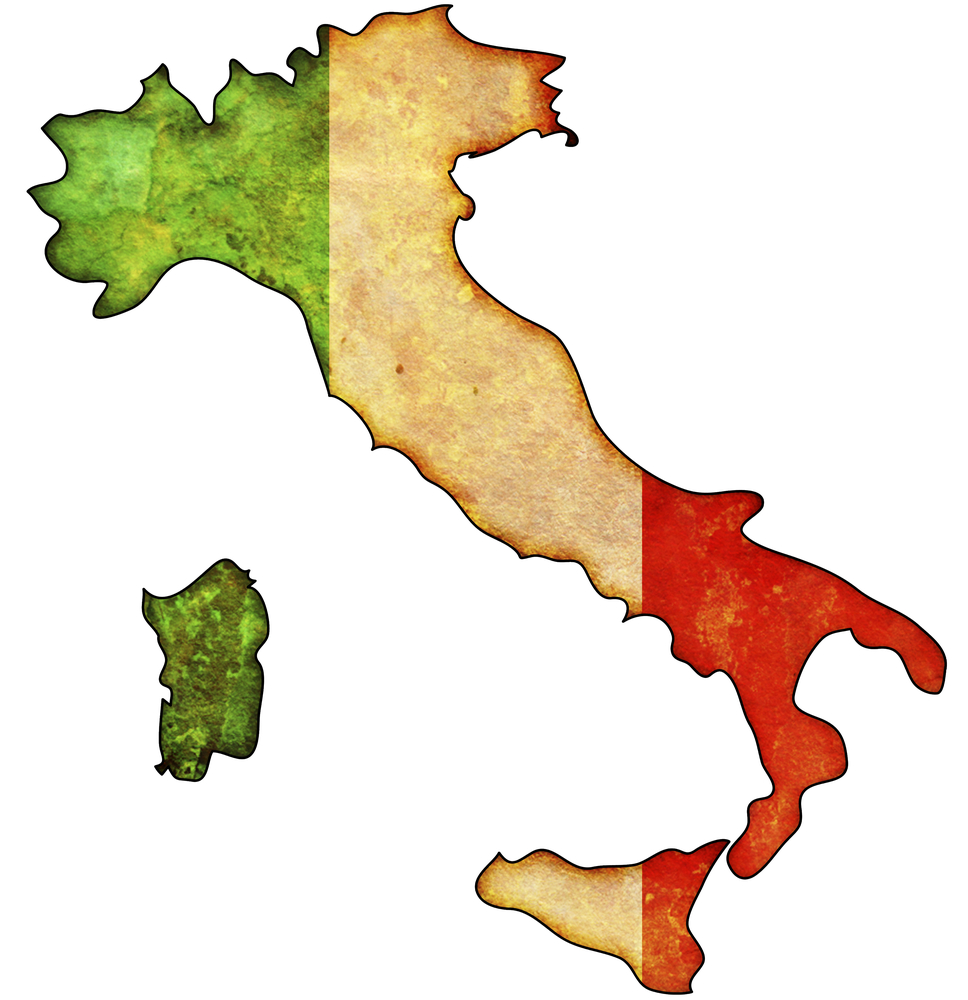
Italian wines rekindle their California heritage
French immigration to California predated any substantial influx of Italians to the State. Following the turmoil of the French Revolution in 1789, a substantial French exodus took place in the late 1700s and early 1800s. The Italians arrived almost a century later, coincident with the new nation’s struggle for unification and independence in the latter half of the nineteenth century. It is ironic however that despite their “late” arrival in California, it would be the Italians not the French who would be instrumental in founding the wine industry in the state. What’s even more surprising is the fact that Italian winemakers chose to cultivate the then fashionable French varietals of Cabernet Sauvignon and Chardonnay rather than Italian varietals that are possibly better suited to the California climate.
So, between the Cabernets, Chardonnays and the Pinots, French wines have historically taken the prime seat as far as representation in the State, while Italian varietals have been relegated to blends and low-cost wines. But the trend is changing! A growing number of vintners are becoming Italian converts, finally realizing that many Italian varietals are Mediterranean in character, well suited to hot, dry summers of Northern California’s winegrowing regions. At the same time, consumers, are perhaps becoming disillusioned with high-alcohol content wines and are ready to experiment with the Italian varietals, often drier and more acidic, and meant to be enjoyed with food.
Whatever the reason, we are lucky to have rare − and not so rare − Italian varieties showing up more often on wine-tasting menus and on restaurants’ wine lists. There are now well over one hundred California wineries actively producing the once neglected Italian varietals and establishing what has rapidly become an almost cult-like following.
Take Sangiovese for example. Sangiovese stock was brought by early Italian immigrants but was never used for anything other than blending. Admittedly it received some scant attention with the “Cal-Ital Movement” of the late 1980s −a campaign to promote the Italian varietals − but it never really took hold. Now this savory wine, offering a wide range of tastes from earthy and rustic to bold and fruity, is prominently featured on restaurant wine lists.
Barbera, the little sibling of Nebbiolo, is another example. Like Sangiovese, it was introduced to California by early Italian settlers in the late 1800’s and did not enjoy any prominence at the time but is currently making a comeback. Barbera, most successful in Piedmont region, noteable to produce such wines as Barbera d’Asti, Barbera di Monferato and Barbera di Alba, is characterized by its bright color, crispness and full body, combined with low levels of tannin.
Nebbiolo, probably the best Italian grape variety to produce the finest Barolo and Barbaresco wine is another example of an Italian variety coming of age in the Golden State. This light delicate wine is arguably the unchallenged champion of Italian varietals. Although somewhat finicky to cultivate, some wine authorities believe that Nebbiolo is destined to be the next Pinot Noir.
Another Italian grape, Teroldego is receiving increasingly more attention from winemakers around the State. This variety, native to the northeastern region of Trentino-Alto Adige, is by now established as the close relative of the peppery Syrah based on modern genetic testing. The dark-skinned variety produces deeply pigmented red wines with intensely fruity character. Aside from its intense fruitiness and rich color, the etymology of the word Teroldego has been much discussed within wine circles. Some argue that the traditional method of terraced cultivation, based on a system of tirelle, gave the grape its name. Others have suggested the association with German term for the gold of the Tirol. Jancis Robinson in her book Wine Grapes, on the other hand, credits the Italian village called Toreldeghe. The etymology of Teroldego, notwithstanding, there is ample evidence that the grape is gaining in popularity.
True, Italian varietals, especially with unusual and difficult to pronounce names like Sagrantino, Charbono, Dolcetto, Aglianico or Vermentino can be a hard sell in a state where Cabernet Sauvignon and Chardonnay enthusiasts predominate, but it is encouraging that an ever increasing number of winemakers are experimenting with these Italian varietals and producing some remarkable wines in the process.
